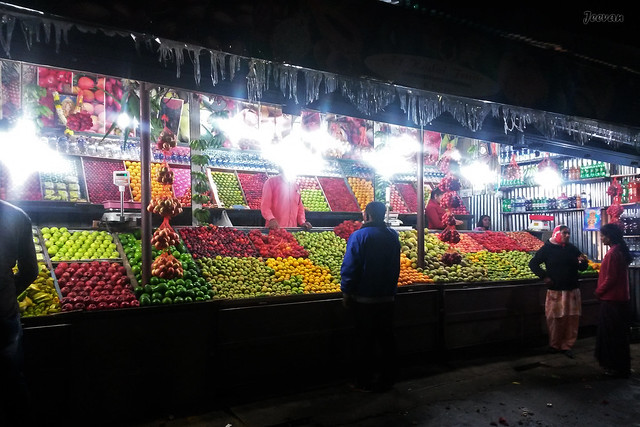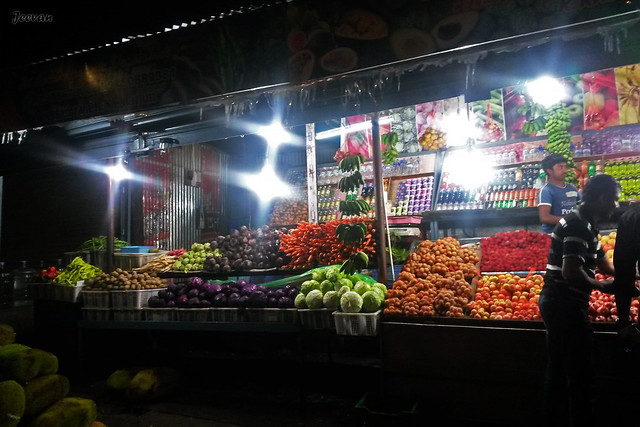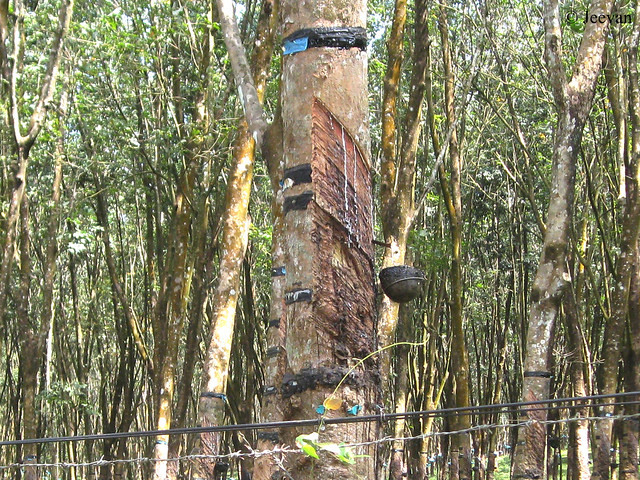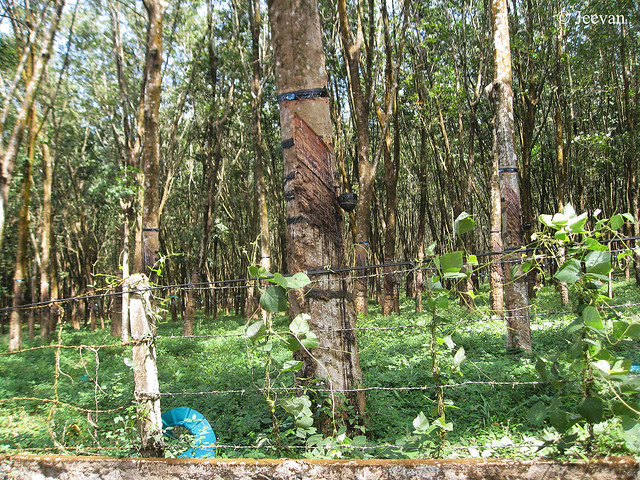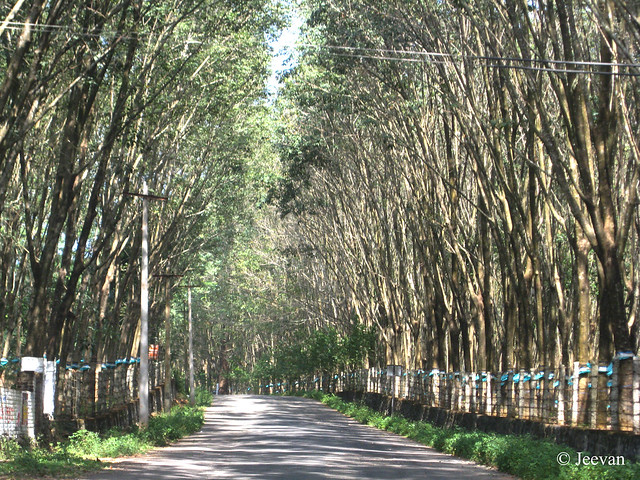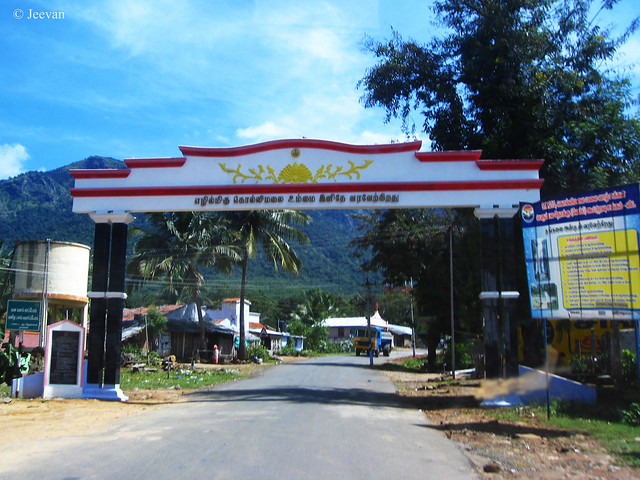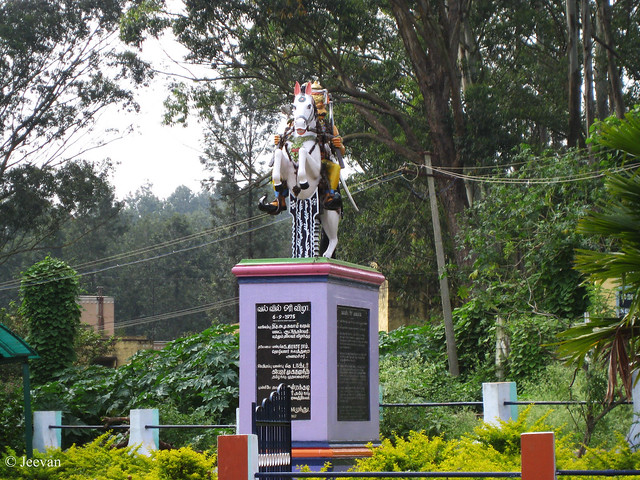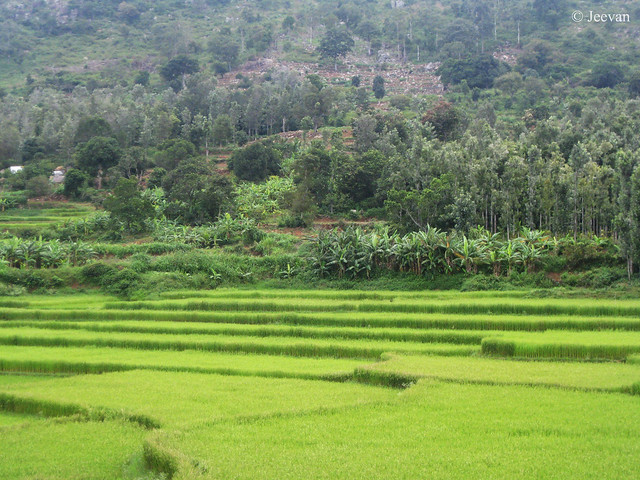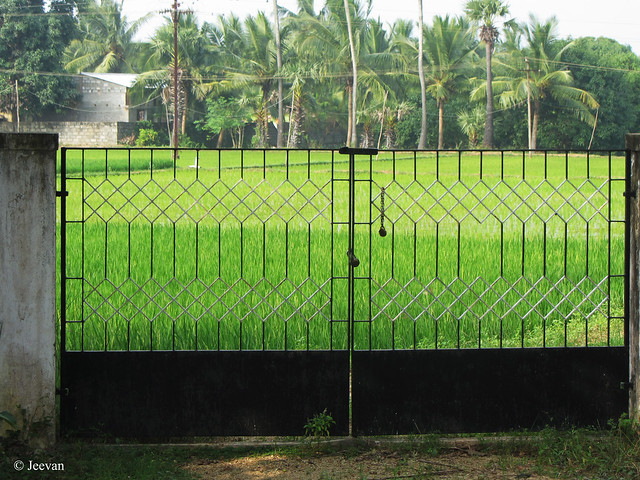There was once a custom in Tamil Nadu (or perhaps it is a practice throughout India, I'm not sure) to number the trees along the highway to ensure their protection. We can still see those numbers on trees along state highways, and the tamarind trees were usually the ones with the marks on their trunks.
We have been using palmyra jaggery and palm sugar for the last few years in place of white sugar. So we couldn't pass them up when the palm jaggery sold by them was of such high quality and purity.
Coming to number 10 -
There is also a popular comedy in Tamil, where the comedian Vadivelu draws the number 10 on an old woman's forehead who complains of fever. In Tamil, the number 10 is spelled pattu, and the same word is used to refer to patches or medicine applied to wounds; the entire village would chase him to beat, and one in the crowd would say, "See, he had drawn 10 similar to the one on the tamarind trees on highways."
The doll you see is at the entrance of Meenakshi Bhavan, a restaurant where we generally eat when traveling through Theni. It is one of the best vegetarian restaurants in Theni, though the taste of the food isn't as good as before. The doll serves as a welcome sign to the eatery, and it has idlis and dosa on the plate.






































